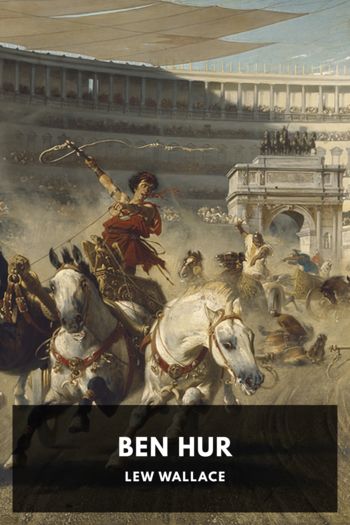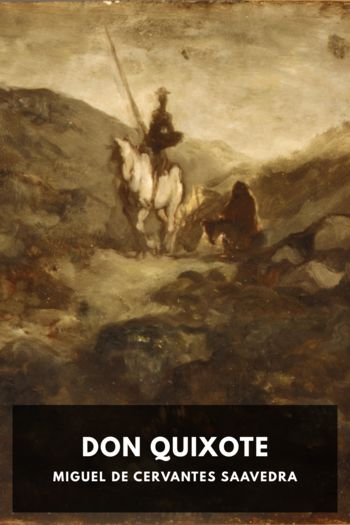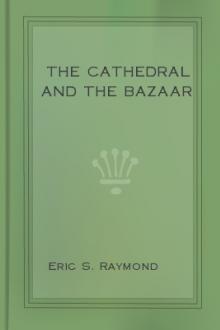Ben Hur, Lew Wallace [top 10 novels txt] 📗

- Author: Lew Wallace
Book online «Ben Hur, Lew Wallace [top 10 novels txt] 📗». Author Lew Wallace
By the second hour, the efflux from the city was a stream unbroken and innumerable.
Exactly as the gnomon of the official dial up in the citadel pointed the second hour half gone, the legion, in full panoply, and with all its standards on exhibit, descended from Mount Sulpius; and when the rear of the last cohort disappeared in the bridge, Antioch was literally abandoned—not that the Circus could hold the multitude, but that the multitude was gone out to it, nevertheless.
A great concourse on the river shore witnessed the consul come over from the island in a barge of state. As the great man landed, and was received by the legion, the martial show for one brief moment transcended the attraction of the Circus.
At the third hour, the audience, if such it may be termed, was assembled; at last, a flourish of trumpets called for silence, and instantly the gaze of over a hundred thousand persons was directed towards a pile forming the eastern section of the building.
There was a basement first, broken in the middle by a broad arched passage, called the Porta Pompae, over which, on an elevated tribunal magnificently decorated with insignia and legionary standards, the consul sat in the place of honor. On both sides of the passage the basement was divided into stalls termed carceres, each protected in front by massive gates swung to statuesque pilasters. Over the stalls next was a cornice crowned by a low balustrade; back of which the seats arose in theatre arrangement, all occupied by a throng of dignitaries superbly attired. The pile extended the width of the Circus, and was flanked on both sides by towers which, besides helping the architects give grace to their work, served the velaria, or purple awnings, stretched between them so as to throw the whole quarter in a shade that became exceedingly grateful as the day advanced.
This structure, it is now thought, can be made useful in helping the reader to a sufficient understanding of the arrangement of the rest of the interior of the Circus. He has only to fancy himself seated on the tribunal with the consul, facing to the west, where everything is under his eye.
On the right and left, if he will look, he will see the main entrances, very ample, and guarded by gates hinged to the towers.
Directly below him is the arena—a level plane of considerable extent, covered with fine white sand. There all the trials will take place except the running.
Looking across this sanded arena westwardly still, there is a pedestal of marble supporting three low conical pillars of gray stone, much carven. Many an eye will hunt for those pillars before the day is done, for they are the first goal, and mark the beginning and end of the racecourse. Behind the pedestal, leaving a passageway and space for an altar, commences a wall ten or twelve feet in breadth and five or six in height, extending thence exactly two hundred yards, or one Olympic stadium. At the farther, or westward, extremity of the wall there is another pedestal, surmounted with pillars which mark the second goal.
The racers will enter the course on the right of the first goal, and keep the wall all the time to their left. The beginning and ending points of the contest lie, consequently, directly in front of the consul across the arena; and for that reason his seat was admittedly the most desirable in the Circus.
Now if the reader, who is still supposed to be seated on the consular tribunal over the Porta Pompae, will look up from the ground arrangement of the interior, the first point to attract his notice will be the marking of the outer boundary-line of the course—that is, a plain-faced, solid wall, fifteen or twenty feet in height, with a balustrade on its cope, like that over the carceres, or stalls, in the east. This balcony, if followed round the course, will be found broken in three places to allow passages of exit and entrance, two in the north and one in the west; the latter very ornate, and called the Gate of Triumph, because, when all is over, the victors will pass out that way, crowned, and with triumphal escort and ceremonies.
At the west end the balcony encloses the course in the form of a half circle, and is made to uphold two great galleries.
Directly behind the balustrade on the coping of the balcony is the first seat, from which ascend the succeeding benches, each higher than the one in front of it; giving to view a spectacle of surpassing interest—the spectacle of a vast space ruddy and glistening with human faces, and rich with varicolored costumes.
The commonalty occupy quarters over in the west, beginning at the point of termination of an awning, stretched, it would seem, for the accommodation of the better classes exclusively.
Having thus the whole interior of the Circus under view at the moment of the sounding of the trumpets, let the reader next imagine the multitude seated and sunk to sudden silence, and motionless in its intensity of interest.
Out of the Porta Pompae over in the east rises a sound mixed of voices and instruments harmonized. Presently, forth issues the chorus of the procession with which the celebration begins; the editor and civic authorities of the city, givers of the games, follow in robes and garlands; then the gods, some on platforms borne by men, others in great four-wheel carriages gorgeously decorated; next them, again, the contestants of the day, each in costume exactly as he will run, wrestle, leap, box, or drive.
Slowly crossing the arena, the procession proceeds to make circuit of the course. The display is beautiful and imposing. Approval runs before it in a shout, as the water rises and swells in front of a boat in motion. If the dumb, figured gods make no sign





Comments (0)